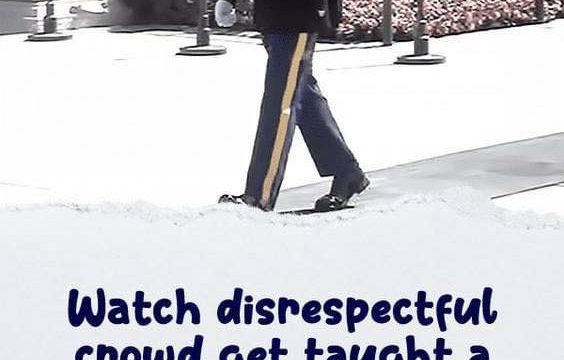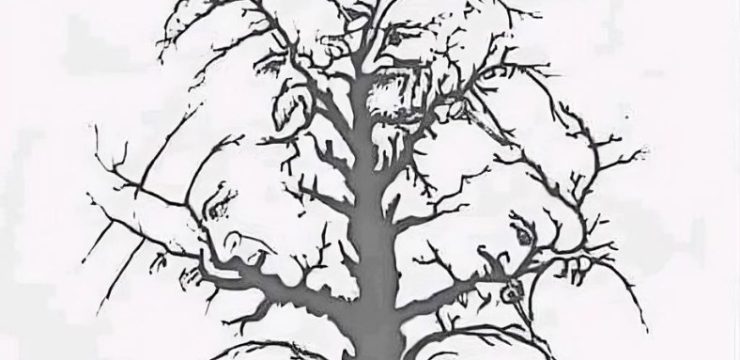Traffic laws are meant to provide structure and safety on the roads, yet every so often, a situation comes along that makes even seasoned drivers pause and rethink what they know. One such scenario is a traffic puzzle that has gone viral online and left countless people scratching their heads. It features a simple three-way intersection with no traffic lights or stop signs and involves three vehicles. The challenge is determining which car has the right of way and in what order the cars should proceed.

At first glance, it seems straightforward, but once you start analyzing the possible outcomes, you realize just how tricky these situations can be without a clear understanding of right-of-way rules. In this particular puzzle, Car A, a yellow vehicle, wants to turn left. Car B, which is white, intends to go straight. Car C, a blue car, also wants to turn left. None of the cars are faced with stop signs or traffic signals, and they all arrive at the intersection at the same time. So the key question becomes: who goes first, and what’s the correct order for the other two? The multiple-choice options provided are: A) B, A, C; B) C, B, A; C) B, C, A; or D) A, B, C.
To solve the puzzle, we need to apply the basic principles of U.S. traffic law, especially the rules that govern intersections without traffic control devices. The most fundamental rule is that a vehicle going straight always has the right of way over vehicles that are making left-hand turns. In other words, left-turning cars must yield to oncoming traffic that is proceeding straight through the intersection. Additionally, if two vehicles are facing each other and both intend to turn left—provided they are not turning into each other’s paths—they may proceed simultaneously. With this in mind, let’s walk through the scenario step by step. Car B, the white car that is going straight, clearly has the highest priority since it is not making a turn and is not yielding to any other vehicle.
Therefore, Car B should proceed through the intersection first. That establishes our first move. Now we consider Car A, the yellow car, which wants to turn left. Since Car A’s path would cross in front of Car B, it must wait for Car B to go first. However, once Car B has cleared the intersection, Car A is free to turn left because it no longer conflicts with Car C. Car C, the blue vehicle, is also making a left turn, but it is not crossing Car B’s path. Still, because Car C’s movement could be affected by Car A’s turn and because both A and B have priority ahead of it, Car C must wait until both vehicles have gone. So the proper order is Car B first, followed by Car A, and finally Car C. This means the correct answer is A) B, A, C.
What makes this puzzle so misleading is that many people forget the nuances of how left turns yield and how two cars turning left in different directions typically don’t interfere with each other. It also highlights how important it is to understand the order of operations when dealing with intersections that lack signs or lights. The takeaway here is simple but essential: when in doubt, remember that going straight always beats turning left, left-turning vehicles must yield to oncoming traffic, and two left turns can happen at the same time only if the paths don’t intersect. These rules aren’t just useful for solving brain teasers—they’re also critical for staying safe on the road. Next time you pull up to a three-way intersection with no signage, think back to this puzzle. With the right knowledge in mind, you’ll be able to make confident, safe decisions about who should go first, and maybe even impress a passenger or two with your traffic law savvy.





